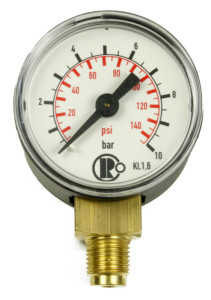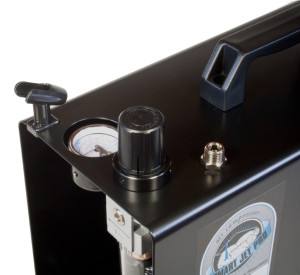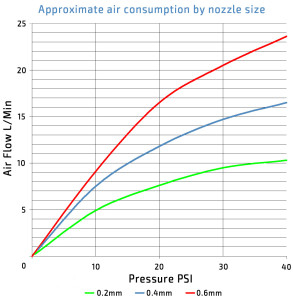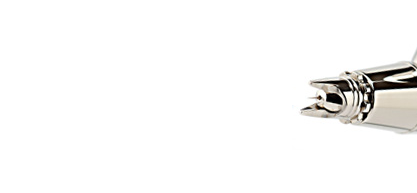Which compressor rating is most relevant?

THE ratings supplied for airbrush compressors can be confusing when comparing compressors or trying to match one to existing or planned equipment. With most airbrush compressors you will find power, pressure and air flow ratings, and while power and pressure ratings do give some indication of performance, the air flow rating is the most useful when comparing different compressor models and to assist in equipment matching.
POWER (watts or hp) is an indication of the power of the electric motor fitted to the compressor and while it does give an indication of the compressors capabilities, different compressor configurations and efficiency mean that it isn’t directly related to what output can be achieved at the airbrush.
PRESSURE (Psi) is the maximum pressure that can be achieved in a static/closed situation by the compressor without any airflow and is not directly related to the output pressure that can be achieved at the airbrush. The vast majority of airbrush compressors on the market today are automatic and the pressure rating on an automatic compressor will be determined by the preset pressure cut-off limit.
AIR FLOW (L/min or CFM) is the most relevant figure that you will find quoted and gives an accurate indication of compressor performance in real world terms – the higher the air flow rating, the higher pressure that can be achieved with the equipment in use.

The majority of airbrushing is carried out with medium sized nozzles operating at pressures to around 25psi, however heavier paints can require larger nozzles and higher pressure, and some tasks such as T-shirt or textile painting can require operating pressures of up to 50psi to effectively force paint into the textile.AIR CONSUMPTION CHART


